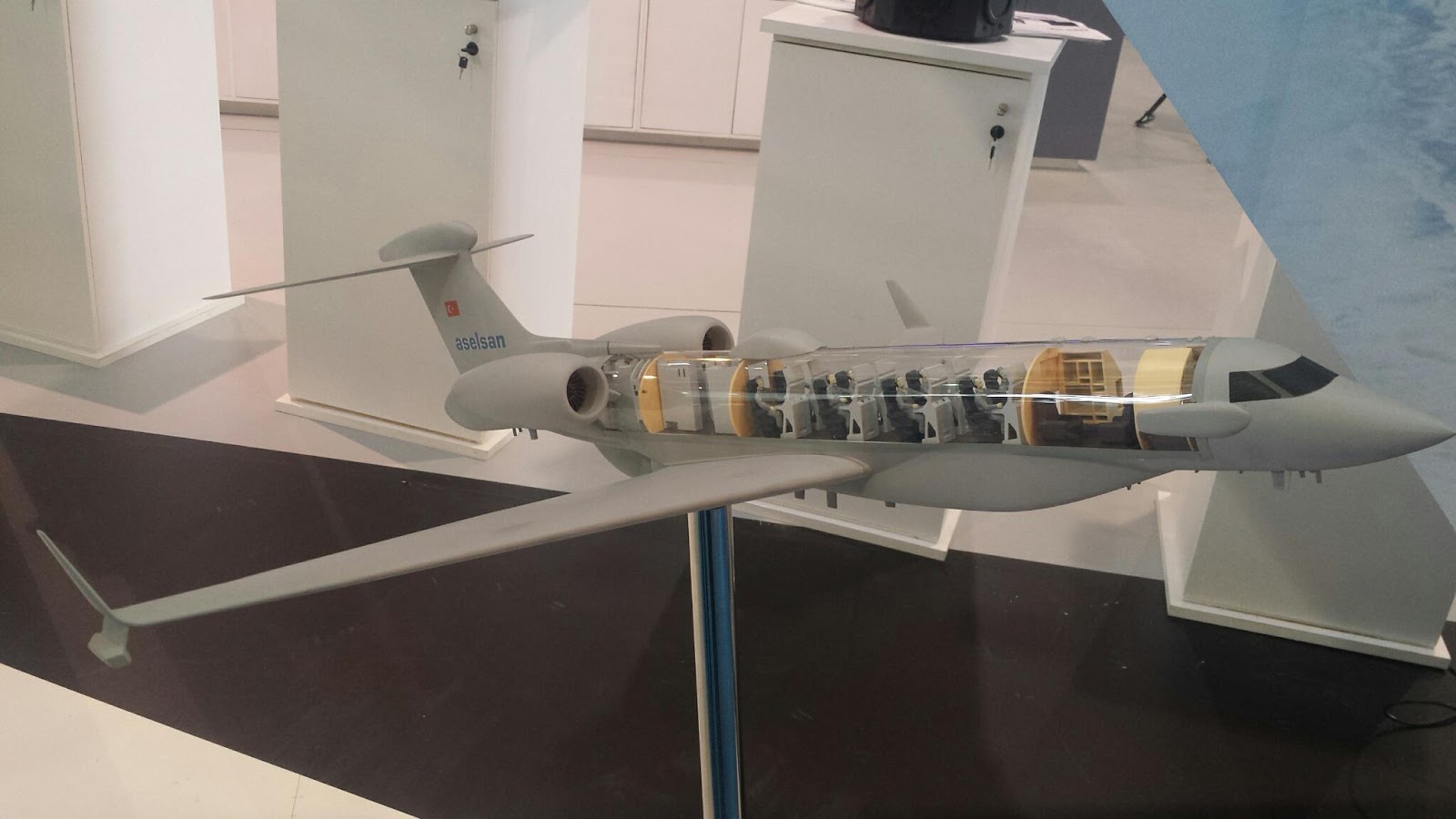Yes Stand-off Like JASSM But Its Limited To Its Only to MTCR Members Only
Also JASSM is Not Fully Recognized A-to-G role Missile Yes it Has imaging infrared (I2R) seeker But It Can only Effective in terminal Stage Its Mostly Use Use GPS or INS Guidance in it Full Flight Envelope
There Various other Network of Air-Defense's Dedicated to For Stand-off also
Sir These Things are Known Since WW2 art of 'Terrain Masking'.And Yes By flying low, an aircraft can hide behind terrain features. Air defense search radars are usually placed on hill tops or in open areas, so that they have a clear line-of-sight path to the horizon. As you can imagine, the electronic processing capability has improved from WW2 when Britain first installed air defense radars, and modern radar systems can subtract out the reflections from static objects, so that a moving target stands out.
It's still useful to hide from a radar, and modern flight systems and pilots' equipment allows them to fly really low -- hugging the "nap-of-the-earth" -- but the air defense guys also have figured out that all they have to do is put their antennas atop a telescopic mast so they can look down into valleys and gullies. They also use remote antennas and repeater transmitters, for more complete coverage. Bear in mind that flying really low takes more fuel than flying higher, so that the low-level segments of a mission need to be kept short.
Flying low introduces ground clutter, which prevents detection from airborne radar without "look-down" capability. While one might assume that is not a problem with modern radars, consider how many nations still fly the MiG-21 and MiG-23, both of which lack that capability in nearly all variants. A similar problem is presented by sea-skimming flight for radar that is not designed to eliminate wave clutter.
An AESA radar is still going to see you; likewise a JSTARS is not going to be fooled.
It doesn't matter how low aircraft have to fly, there are always radar systems able to pick them up, depending on position and purpose. Also, quick-reaction low-level SAM systems can always engage aircraft however low they fly.
It is not a matter of flying low, but a matter of planning, finding gaps in radar and missile coverage and situational awareness. low-flying is only one of the techniques to penetrate a defended airspace. Intel, situational awareness and ECM/ESM are much more important.
There Dedicated Radars For Observation of Low Flying Aircraft's & UAF
Like
Ground Master 400 series offering detection from very high to very low altitudes. It tracks a wide range of targets from highly maneuverable tactical aircraft flying below several hundred feet to the unconventional small radar crossection devices, such as UAVs or cruise missiles India Operates over 20 + Such systems





















